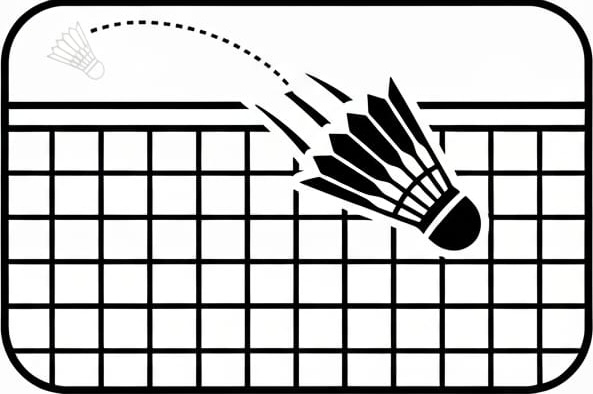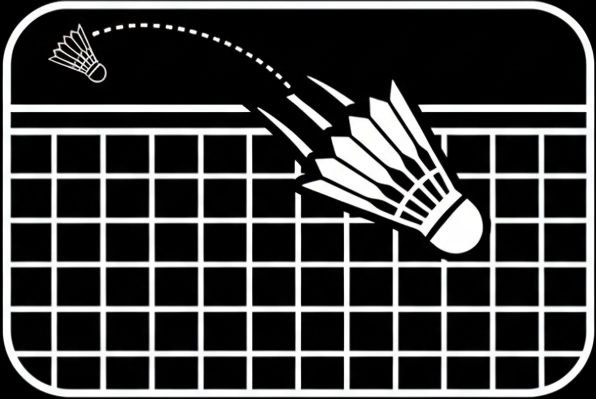Choosing the right string tension is essential for maximizing your badminton racket’s performance, whether you’re just starting out or competing at advanced levels. String tension affects power, control, and the size of the racket’s sweet spot — all critical factors for playing your best. This guide will help beginner, intermediate, and advanced players understand ideal string tensions, recommend top string brands, and provide purchasing options for convenience. Its understated how critical the string configuration impacts your individual game even as a beginner.
Why String Tension Matters
String tension, measured in pounds (lbs), dictates how tightly the strings are stretched across the racket frame.
- Lower tension means loose strings and a larger sweet spot; this offers more repulsion (bounce) helping generate power with less effort but sacrifices some control. I learned this the hard way in my later years, while I string my rackets at high tension, I did so not knowing it would reduce the size of the sweet spot.
- Higher tension means tighter strings and a smaller sweet spot, leading to greater control and precision but requiring better technique and timing. Top players string closer to 30 lbs.
Selecting the right tension balances power and control for your playing style and skill level.
Recommended String Tension by Skill Level
| Skill Level | Ideal String Tension (lbs) | Characteristics | Recommended Strings & Purchase Options |
| Beginner | 17 – 22 lbs | Larger sweet spot, more forgiveness, more power | Ashaway Zymax 66 Fire Power – Buy Here |
| Intermediate | 22 – 27 lbs | Balanced power and control, moderate sweet spot | Yonex BG65 – Buy Here, Li-Ning No.1 – Buy Here |
| Advanced | 27 – 30+ lbs | Maximum control, smaller sweet spot, precision | Yonex BG80 Pro – Buy Here, Victor VS-850 – Buy Here |
Beginner Players (17-22 lbs)
For those new to badminton, a lower tension is best. It provides a larger sweet spot, forgiving off-center hits, and easier power generation — critical when technique is still developing. Strings like the Ashaway Zymax 66 Fire Power offer durability and performance suitable for beginners who want to avoid frequent restringing. Most factory strings are also strung at lower tensions appropriate for newcomers.
Intermediate Players (22-27 lbs)
At this stage, players have improved technique and want a balance between power and control. Moderate tension ranges provide a good mix of a forgiving sweet spot with noticeable control benefits. Popular choices like Yonex BG65 or Li-Ning No.1 strings combine durability and feel for consistent play.
Advanced Players (27 lbs and above)
Advanced and professional players seek maximum control and precision. Higher tensions tighten the string bed, making the sweet spot smaller but allowing fine shot placement and better feedback. Such tension demands excellent technique to manage power. Strings like Yonex BG80 Pro and Victor VS-850 are favored for their control and responsiveness but require care to avoid frequent breakage.
Tips for String Tension Optimization
- Always check your racket’s recommended tension range to avoid frame damage. Most rackets take up to 30lbs
- Higher tension strings break easier if off-center hits are frequent.
- Consider string thickness: thinner strings (0.65mm) offer better feel but lower durability; thicker (0.68mm) are more durable but slightly less responsive.
- Adjust tension gradually as your skill and strength improve.
Summary Table of Recommended Strings by Skill Level
| String Name | Ideal Tension (lbs) | Best For | Durability | Purchase |
| Ashaway Zymax 66 Fire Power | 17 – 22 | Beginners | High | Buy Here |
| Yonex BG65 | 22 – 27 | Intermediate | Medium | Buy Here |
| Li-Ning No.1 | 22 – 27 | Intermediate | Medium | Buy Here |
| Yonex BG80 Pro | 27 – 30+ | Advanced | Medium | Buy Here |
| Victor VS-850 | 27 – 30+ | Advanced | Medium | Buy Here |





